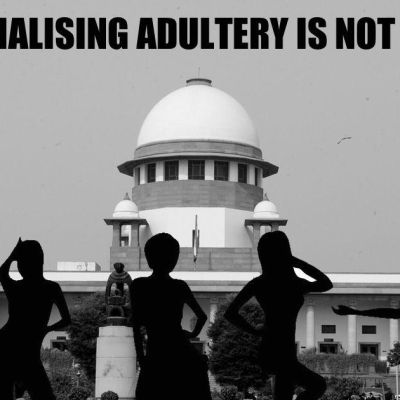Curated Content
In the middle of such tightness around who can marry whom, where and how one can marry, and what kind of marriages are given social and legal sanction, we came across the story of Madhuri Sarode, a transwoman, transgender rights activist and classical dancer, and Jay Sharma, a machine operator in a steel goods manufacturing unit, who married each other in December last year.
My friends thought I would never get onto Tinder. They thought I was too ‘cautious’ and ‘unadventurous’ for it. Well, “Challenge accepted,” I said.
For a while now, I have been invested in noticing the unique terms of endearment that characterise individual relationships. What are some of the non-verbal, non-physical ways in which couples begin to connect with each other? Intimacies that are so subtle that they are almost invisible and often hidden in plain sight?
Bahubali features one of the longest scenes of romanticised symbolic violation ever seen on screen. Why are we not angered by it?
[slideshow_deploy id=’6698′] The Millennium Development Goals (MDGs) have not always been easy to understand. In this set of posters the…
Both rejections and affirmations of the couple are skewered on this doubleness: It is the fullest expression of love and proximity available to us, and it bears all the insufficiencies of present social relations. Monogamous romantic commitment, like infallible lifelong attraction to only men or only women, is surely a minority tendency expediently elevated to a general social principle.
The nature of the labor that goes into performing femininity is that it’s invisible. Or at least it’s supposed to be. As a culture, we expect women to look glossy and shimmery and smooth. We don’t want to know about the time and money that goes into this presentation.
This snappy video from Vitamin Stree in collaboration with BuzzFeed India scratches the surface of so-called equality and reveals…
The scientific establishment’s inability to attract enough women and keep them in the workforce is a large enough problem for it to feature in interactions between nation’s governments.
Marge Berer Editor, Reproductive Health Matters What has gone wrong at WHO? The Lancet’s Offline report (31 May) of what…
This article was originally posted in the Feminism in India blog. Feminism has earned a bad name for itself in recent…
By: Chelsea Birkby at The F-Word. Chelsea Birkby welcomes the spread of the feminist movement online with open arms for changing young women’s…
Whether it is family, society, gangs of thugs, or political parties, the threats to women’s freedom to choose in India are many and varied. To the above list, one may add the police and the judiciary as well.
By: Women’s Rights Campaigning Info-Activism Toolkit People are more likely to trust – and act on – messages from people they…

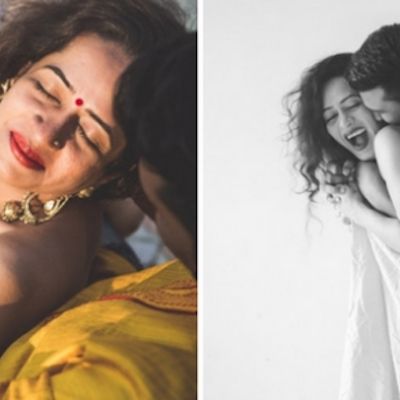
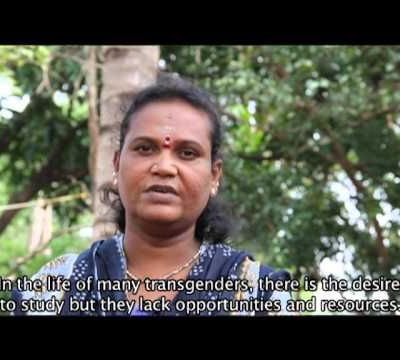

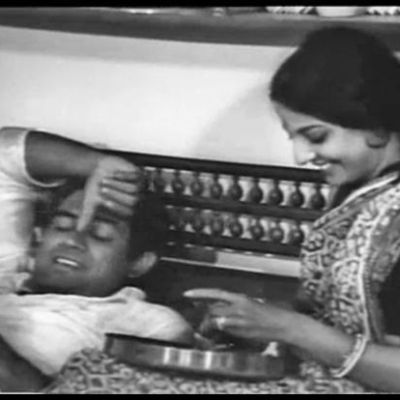
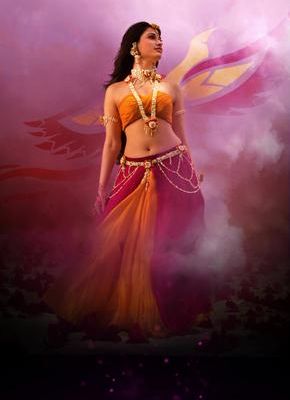
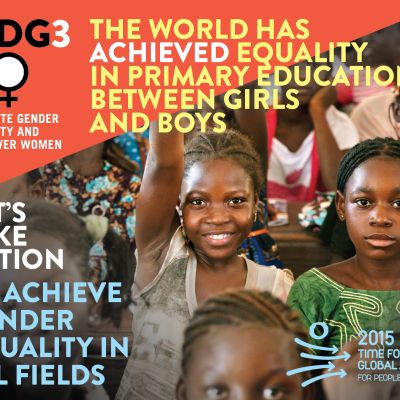


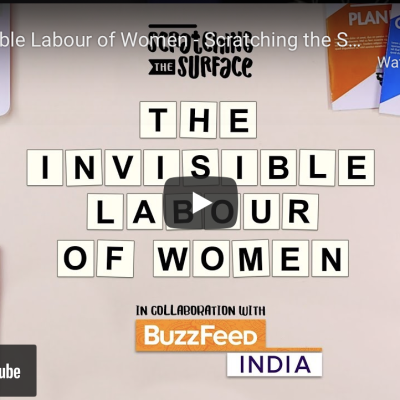
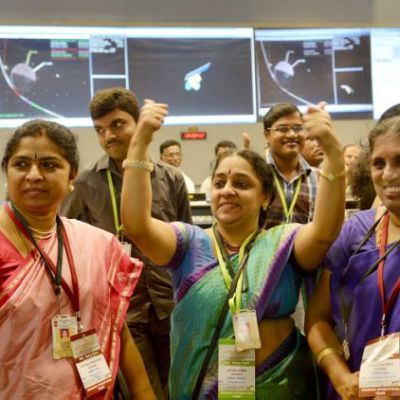
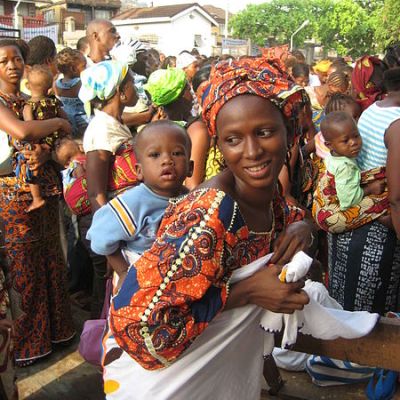
![Magenta-coloured poster. On the top is written, "#MondayMythBusting". Below in white is written, next to a cross sign, "Feminism only fights for the rights of [straight, cis] women." Below it is written next to a tick mark sign, "My feminism will be intersectional, or it will be bullshit. -- Flavia Dzodan"](https://www.tarshi.net/inplainspeak/wp-content/uploads/2015/11/3-thegem-product-justified-square-m.jpg)

